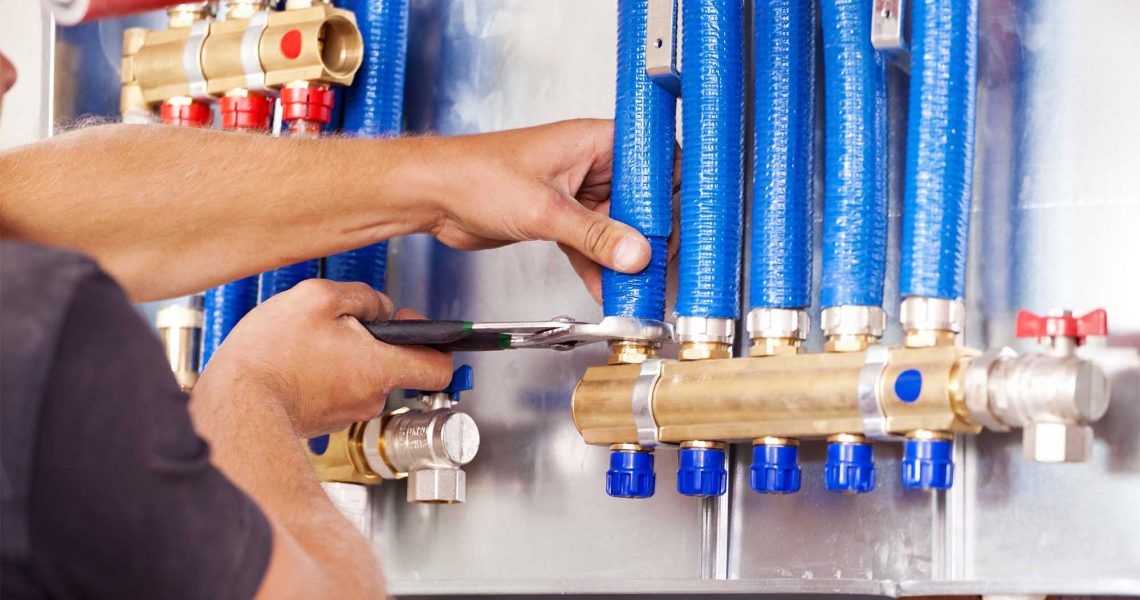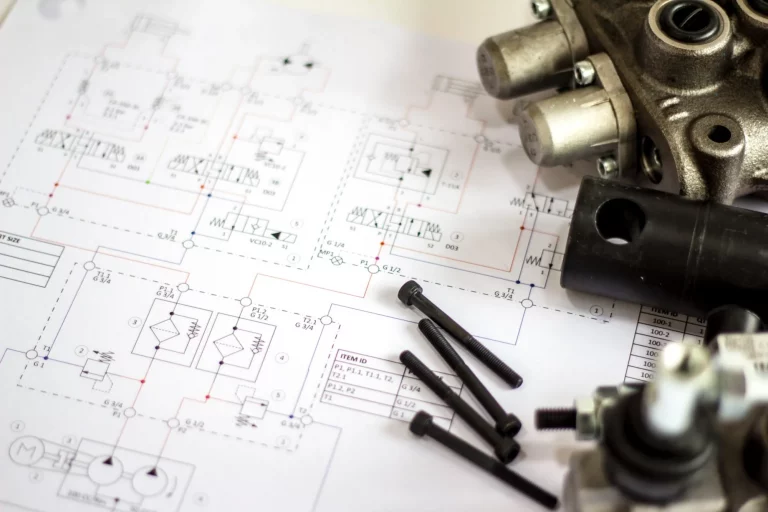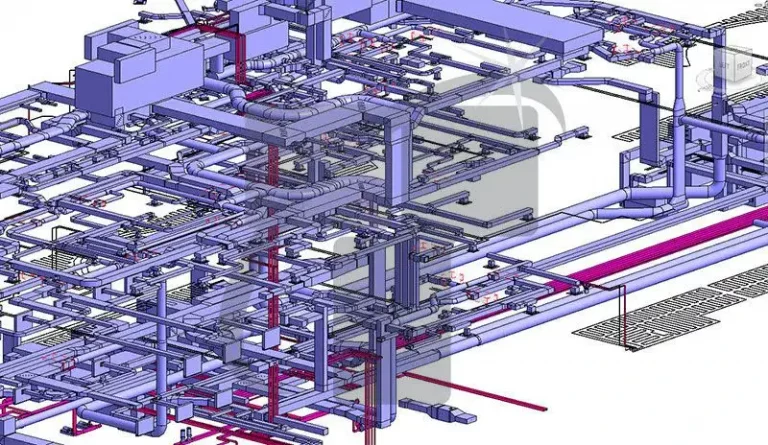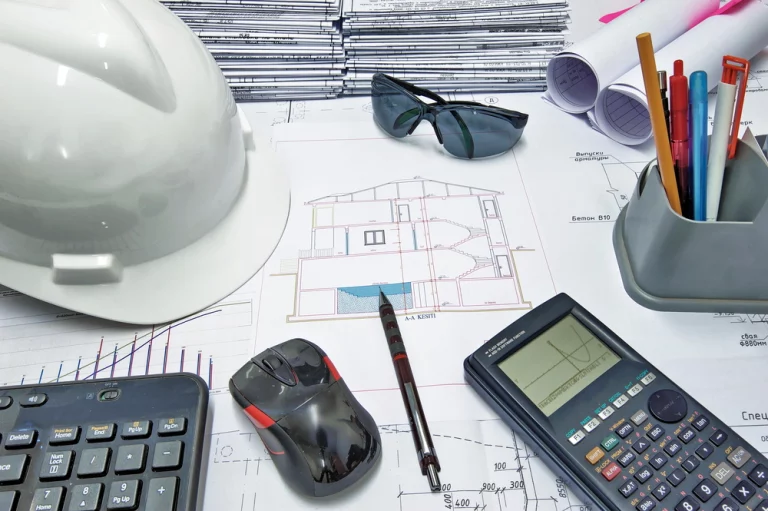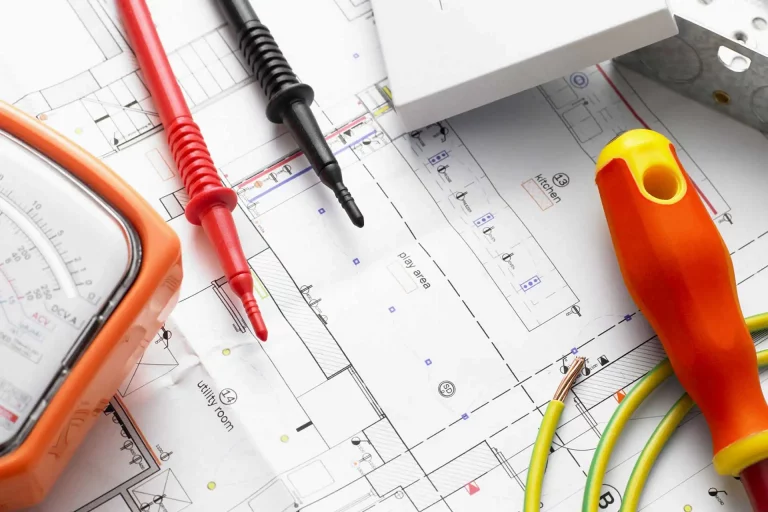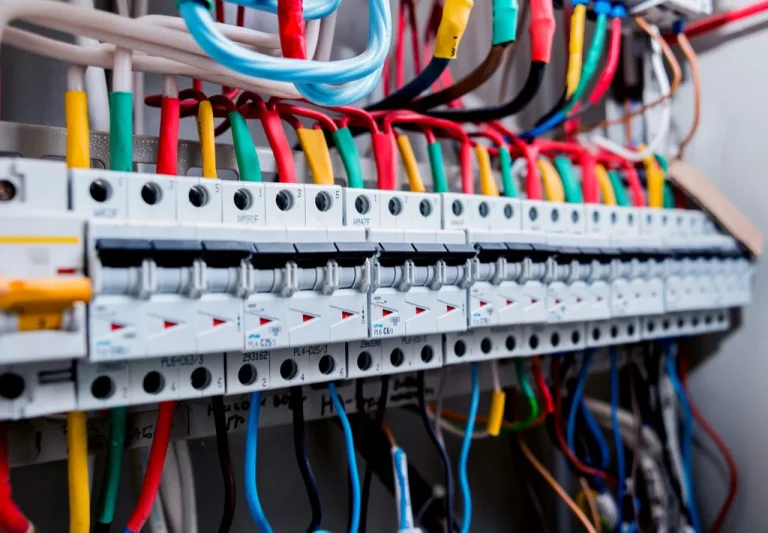Key Differences in Cost Estimating for Residential vs. Commercial Plumbing Projects?
As an estimator or contractor, it is vital to learn about the differences in Plumbing Cost Estimating Projects. Construction projects may appear similar to one another. A foundation is created, a structure is made on top of it and finishings are done to give it a complete look. But is that all? Reducing the construction process to these simple steps would be an insult to all the professionals involved in the work.
Similarly, the cost estimation for the construction projects is also going to vary. An estimator cannot use the same approach for each project. To make an accurate estimate it is crucial to understand what you’ll be dealing with. In this article, we will talk about these differences.
Plumbing Cost Estimating Projects
Estimating the cost of plumbing includes understanding the plumbing system and its various components. It is noteworthy to mention that the plumbing system is interlinked with mechanical and electrical systems. If you want to create a precise budget you’ll need to know how these systems impact one another.
The plumbing system is responsible for managing the water flow and supply to different parts of the building. Moreover, it also works to manage the drainage and sewerage waste in our buildings. These key functions can only be performed if the system is functioning optimally. An estimator’s job is to make sure to provide the client with the most suitable plumbing system at the price that he demands.
Learn how to achieve accuracy in plumbing cost-estimating projects by understanding differences in residential and commercial project estimation!
Residential vs. Commercial Plumbing Projects
Residential and Commercial projects are two main types of construction buildings. Plumbing Estimating for Residential Projects is going to be different from commercial projects. These buildings are inherently different from one another and we are going to explore how these differences impact the cost estimation process.
1) Scope of the Building
Residential projects tend to be smaller than commercial ones. They include single-family units, joint-family units etc. On the other hand commercial buildings include cinemas, malls, offices, schools, hospitals etc. The scale of the building also impacts the plumbing cost estimating project. Smaller buildings cost less than bigger ones as they require a smaller plumbing system.
2) Requirement of Material
Some materials are used in a plumbing system. Estimators have to account for all standard and custom materials. Plumbing Estimating for Commercial projects requires a bigger budget for materials. Why is that so? The cost of materials depends upon the quantity and quality. Since commercial buildings are larger than residential ones, they will need more material. Hence the increase in cost.
3) How Equipment Impacts Plumbing Cost Estimating Projects
The cost of equipment can also vary from project to project. Every construction project requires tools and equipment. The difference arises in the type of machinery needed and the quantity. In the case of commercial buildings, more heavy-weight machines are required. These machines are mostly rented out because buying them can be very expensive. Residential buildings don’t require as much heavy equipment.
4) Differences in Labor Expenses
Labour is a need for plumbing construction projects whether it is to perform an installation, repair or upgrade. Plumbing cost estimating projects require you to assess the expense of labour as well. Let’s look at it from a residential and commercial point of view.
- Residential buildings require less labour because of the size
- Commercial buildings take more time to complete so the cost of labour will be more
- Commercial projects may require more skilled labour due to the complexity
- Residential projects are comparatively simpler, needing less time and less labour
5) Indirect or Overhead Costs
A budget for overhead expenses is made in both residential and commercial buildings. Plumbing cost estimating projects may include the following overhead expenses include
- Permits
- Utility bills
- Administrative fees
- Legal expenses
- Insurance
- Rents
- Fuel for vehicles and machinery
- Accounting and auditing fees
A commercial project is going to spend more on these indirect expenses as compared to residential projects. For example, let’s consider permits. In residential projects, fewer permits are required along with fewer inspections. But in commercial construction sites, one requires permits from different authorities thus increasing the cost.
6) Contingencies in Plumbing Cost Estimating Projects
Let’s look at it from a risk factors point of view. Now commercial projects are much more prone to risk factors. Due to their size and complexity, they can be harder to manage thus mitigating risks becomes harder. Residential projects are much more manageable so the dangerous and threatening factors can be assessed easily. A contingency budget is made in both cases. But in the case of commercial buildings, estimators have to leave a larger room for unexpected costs.
Estimate plumbing costs with perfection and ensure the profitability of the construction building! The importance of precise estimates cannot be denied!
Conclusion
To sum it up, it is important to note that plumbing cost estimating projects is the main duty of a plumbing cost estimator. The more accurate a plumbing budget is created, the better it is for the construction project. A precise budget not only helps to prevent cost overruns but also conserves time. Resources are distributed effectively and utilised with maximum efficiency. An estimator works to make sure that the client’s money and time are spent in the best interest of the project.

